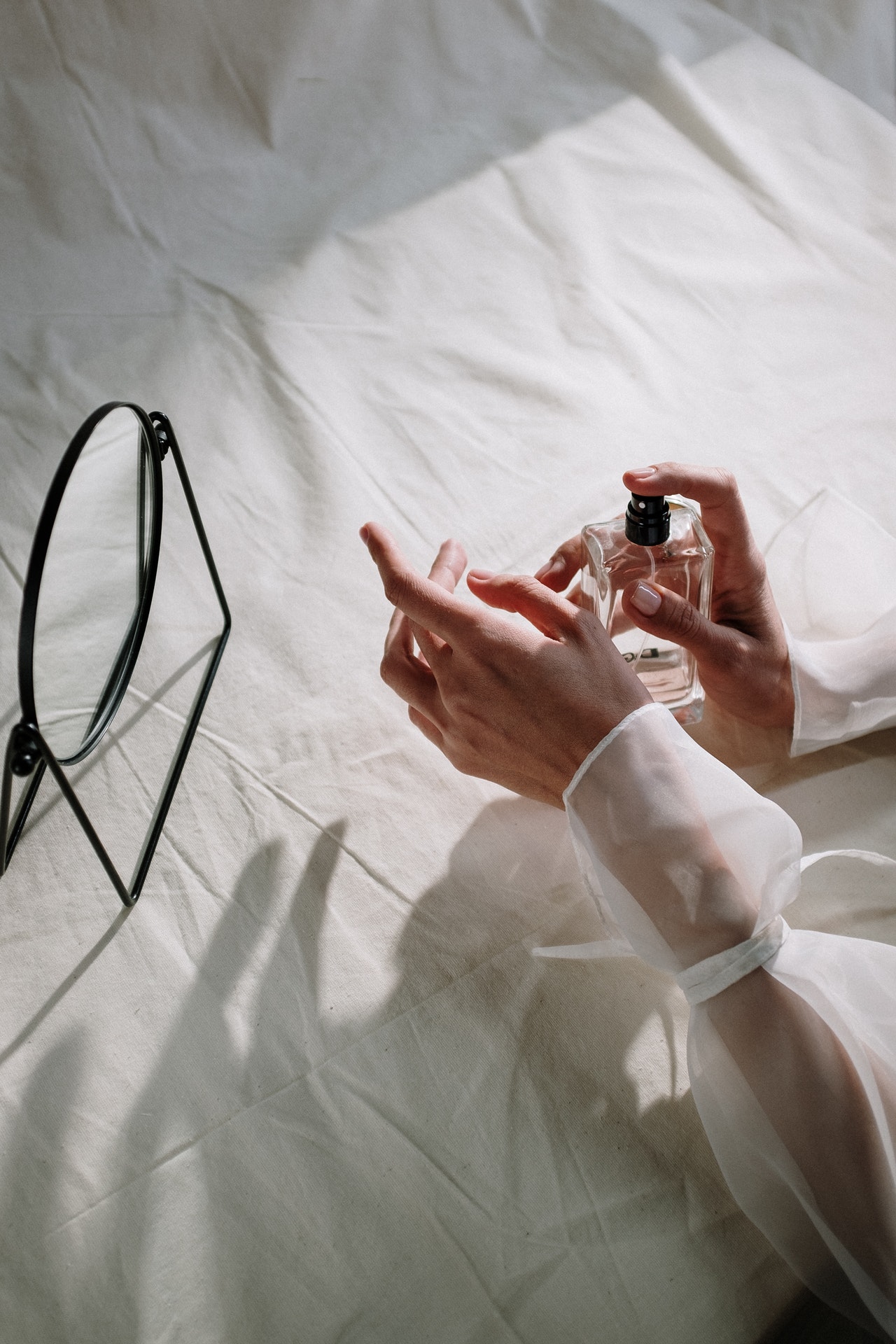Perfume has been around for thousands of years. In fact, in 2003, archaeologists uncovered what they believe to be the world’s oldest surviving perfumes in Cyprus. The fragrances dated back more than 4,000 years and were found in what looked like a former perfume factory. The 3,230 sq. ft. building housed at least 60 stills, mixing bowls, funnels, and perfume bottles.
Prior to industrialization, it was never a question of what ingredients perfume was made out of. Sweet perfumes were made by utilizing herbs and spices, like almond, coriander, myrtle, bergamot, conifer resin, and other flowers.
Perfumery has changed between then and now — at least for some companies. What used to be the norm of taking naturally found ingredients, extracting the fragrance and distilling it, companies nowadays are adding fillers and other chemicals to their products. This is done to increase shelf life and extend the lasting effects of its scent.
But, it doesn’t have to be this way. More and more companies are choosing to formulate their products with all-natural ingredients, keeping their formulas simple: Alcohol, natural fragrance and water. There simply doesn’t need to be any more ingredients than that.
What ingredients are in your perfume? Grab your bottle and look to see if it contains any of the following ingredients.

- Phthalates
Do you really want to put something on your body that you can’t even pronounce? Oh, can you pronounce it? Never mind…All jokes aside, this is a very common ingredient in cosmetics and other consumer products (shampoos, conditioners, lotions, body washes, etc.), but it’s also an ingredient that’s been proven to cause damage to the liver, kidneys, lungs, and reproductive system. Their main function is to make plastics more durable, making them great ingredients for vinyl flooring but not so wonderful for your beauty routine.
The CDC conducted research to determine how much of the population had levels of the chemical in their urine. Researchers found that adult women have higher levels of metabolites (found in urine) than men because more women’s products contain phthalates than men. But, recent studies have shown that prolonged exposure to the chemical lowers testosterone levels and increases sperm abnormalities in men.
Additionally, studies have shown that exposure to phthalates in utero is connected to negative impacts on neurodevelopment, including lower IQ and difficulties with attention, hyperactivity and social communication.
- Styrene
This flammable liquid is a chemical used in the production of latex, synthetic rubber, and polystyrene resins — yuck. Syrene is used in making plastic packing, disposable cups, and containers, along with insulation and a slew of other products not at all related to making you smell good.
In fact, you know that smell the photocopier or printer emits when you’re performing a large copying or printing job? That’s styrene. While the health effects of exposure to low levels of styrene are unknown, people exposed to the chemical for prolonged periods of time experience eye irritation and problems with their breathing passages. Additionally, those working day in and day out with the chemical have reportedly experienced issues with their nervous system.
- Musk Ketone
This wildly popular synthetic compound emits a signature musk odor and is used in many cosmetics. While it makes sense the compound would be used as a cheap way to add a musky scent to products, the effects on the human body can be disruptive.
This is because synthetic musks trick the body, disturbing natural hormones. This can potentially cause issues with biological processes, especially for women. High levels of musk ketone in the bloodstreams of women are reportedly linked with gynecological problems and abnormalities, including ovarian failure and infertility.
- Butylated Compounds
Preservation, increasing shelf life, durability — these are all words brands use to justify using toxic and potentially toxic ingredients in their products. Butylated hydroxyanisole (BHA) and butylated hydroxytoluene (BHT) are found in fragrances and are also present in foods as added preservatives. Like the other chemicals we detailed, these chemicals can disrupt the endocrine system and leads to organ-system toxicity.
- Methylene Chloride
Paint stripping, polyurethane foam (the flexible foam used in furniture, bedding and carpet underlay), manufacturing, cleaning, and degreasing — these labor activities all work with methylene chloride. It’s also an ingredient still being used today, despite being banned by the FDA in 1988.
The government agency banned the use of the ingredient in perfumes due to the severity of toxicity. Unfortunately, the ban is rarely enforced as many companies hide the ingredient by simply listing “fragrance” as an ingredient.
Studies have long shown that the ingredient increases the risk of cancer, as well as problems with the heart, central nervous system, liver, as well as skin and eye irritation.
The bottom line is, in today’s world, you have to research the products you use. Just because something smells good doesn’t mean it’s good for your body. Look for companies that are transparent with their ingredients and use natural products.

